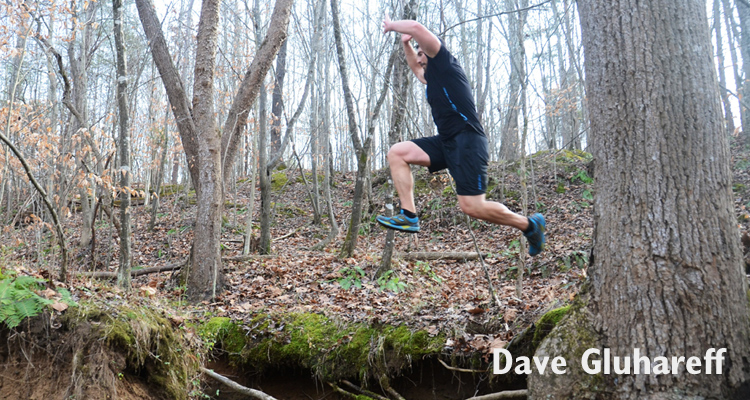The Key to Getting Into Great Shape
Weakness is one of the biggest hurdles people face when trying to get into shape. I’m referring to physical weakness, not mental. But when trying to get into shape, physical weakness can overstep boundaries and become mental. I can’t tell you how many times I speak to people who have tons of aches, pains, and disabilities that can mostly, or all be treated, with strength conditioning. Strengthening exercises also help to prevent these ailments. The human body was made to be active. Laziness and neglect in physical fitness leads to frailty and pain. Building a sturdy foundation with constant maintenance throughout life ensures strength. Just like upkeep on a home or vehicle to maintain proper function, the same is needed for the human body.
Along with my good friend and fellow athlete Dan Krueger, I’ve developed a new training concept — Strength Runner . The strength runner concept blends strength and long distance running. Strength running prepares athletes for enduring obstacle course racing (OCR), but it also is perfect for everyday fitness enthusiasts who need to have solid bodies that can handle cardiovascular activities safely. A stronger foundation means less physical weakness which means less aches and pains. And it’s key to fitness longevity.
Getting Stronger
The keys to getting stronger and building a solid foundation are Resistance Training, Cardiovascular Training, and Stretch Training.
Resistance (Strength)
It starts with a solid foundation. In order for the human body to perform cardiovascular activities it must be strong enough to endure the exertion. Cardiovascular impact on a frail and weak body leads to aches and pains. Whether you’re an experienced long-distance runner or an avid nutritional points-counting walker, strength is crucial for pain-free fitness.Following a regular plan of resistance training three to five times a week —hitting each part of the body a few times, with a day or two off for each body part to rest and recover — will strengthen the foundation.
Cardio
Cardiovascular training is training “with oxygen” or aerobically. Running, cycling, walking, and hiking are just a few examples of cardiovascular training. There is a plethora of training opportunities in the Southside. I love to do my runs and walks outdoors using a variety of places like local tracks, parks, The Riverwalk Trail System — my absolute favorite place is the mountain bike trails at Anglers Park. An example of my cardio training is three weekly runs (short — two to five miles, medium — five to ten miles, long — ten-plus miles) and three walks.
Stretching
Only stretch when muscles are warm. Stretching cold muscles is a big mistake. Please don’t. Warm up properly to get the muscles safe for stretching. Taking a brisk walk for a couple of minutes provides a safer stretching environment for muscles, ligaments, and tendons. There
is no set time to hold any stretch. A stretch should be held as long as needed to help muscles that are tight and to promote flexibility. If muscles are really tight, take extra time, holding the appropriate stretch after you’ve properly warmed up.
Prepare and condition your body regularly to be able to accept daily physical expectations and demands from your workouts no matter how easy or intense. Be Strong to get fit!
If you want to Strength train and Run better at long distances plus keep muscle gains then visit Strength Runner or Strenth Runner on facebook. Both of these websites have FREE nutritional plans for weight loss and muscle gain too plus more FREE health and fitness information









